© 2025 Angel Shark Conservation Network. - ZSL Privacy Policy
Los eventos Recuento de Angelotes comenzaron en 2019 para coordinar a los buceadores en diferentes islas del archipiélago, para bucear al mismo tiempo durante un período de 4 días. La información recopilada, junto con el marcaje visual, nos ayudará a identificar cuántos angelotes se encuentran en las Islas Canarias.
El cuarto evento Recuento de Angelotes se llevó a cabo en diciembre de 2021.
¿Buceas en Canarias? Regístrese usted mismo o su centro de buceo para el próximo evento un correo electrónico a info@angelsharkproject.com
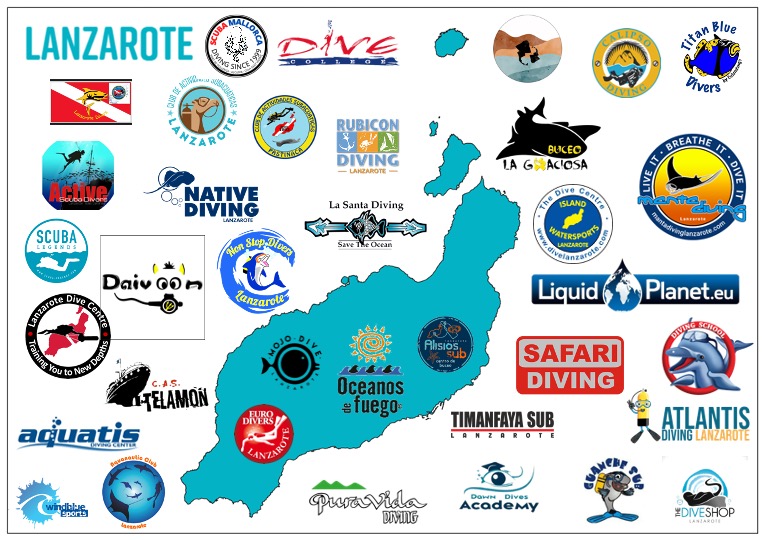
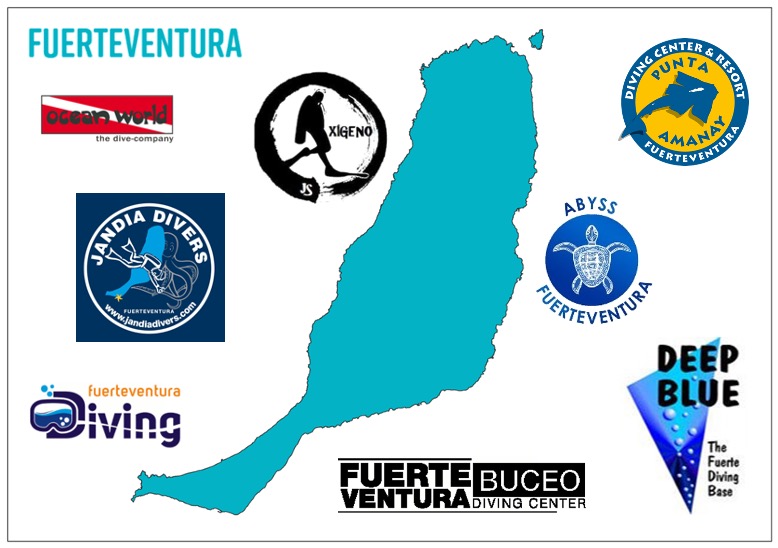
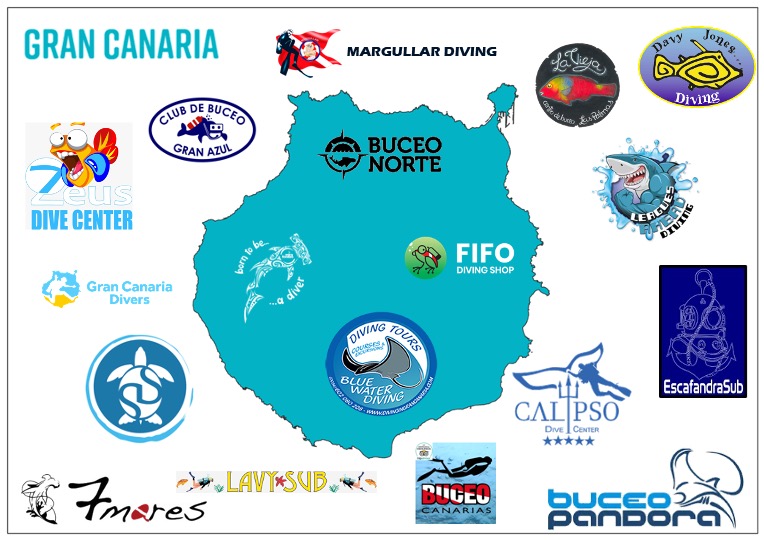
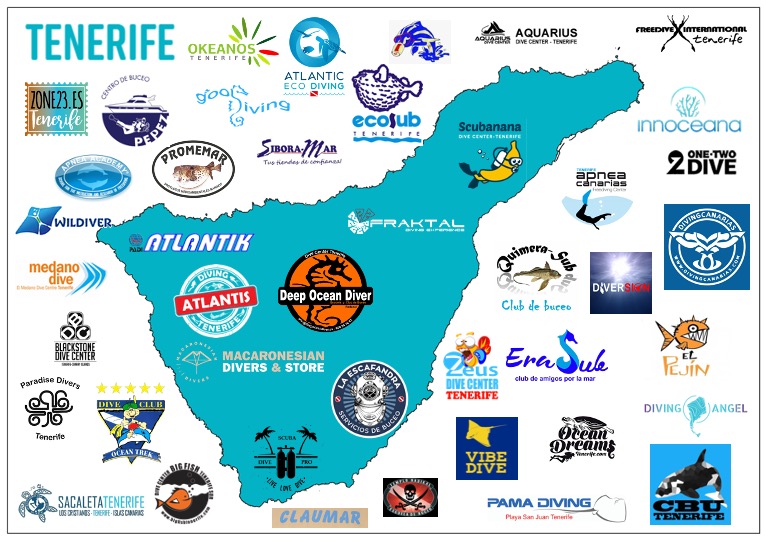
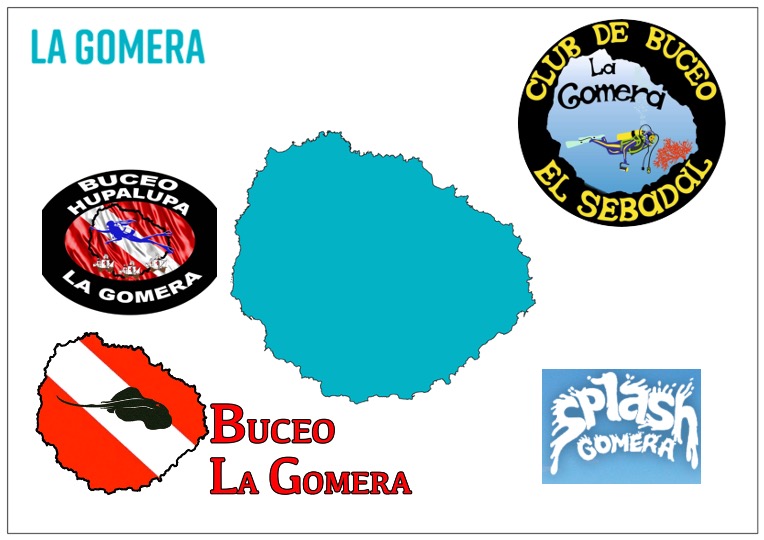
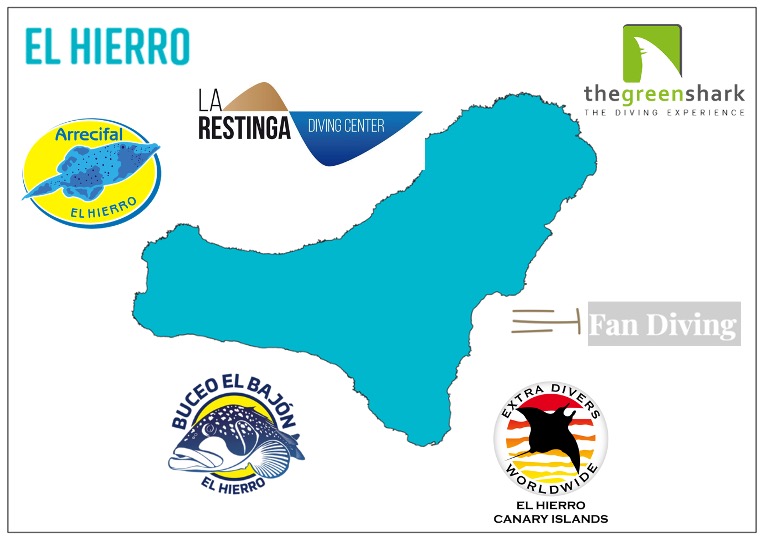
Resultados del Count the Angels 2019: Fuertevetura
Count the Angels events started in 2019 to coordinate divers across different islands of the archipelago to dive at the same time over a period of 4 days. The information gathered, alongside visual ID tagging, will help us identify how many Angelsharks are found in the Canary Islands.
The fourth Count the Angels event was held in December 2021.
Do you dive in the Canary Islands? Register yourself or your dive centre for the next event by emailing info@angelsharkproject.com






Results from the 2019 Count the Angels: Fuertevetura
El objectivo del Angel Shark Project: Canary Islands está estudiando el entorno de los Angelotes para asegurar su futuro.
Para tomar datos de temperatura colocamos sensores en lugares esrratégicos. Si te encuentras un aparato parecido al de la foto y está bien colocado en el fondo, déjalo ahí, está funcionando correctamente.
Si te lo encuentras suelto en el fondo, flotando a la deriva o arrastrado en la playa, por favor recógelo y ponte en contacto con nosotros: info@angelsharkproject.com
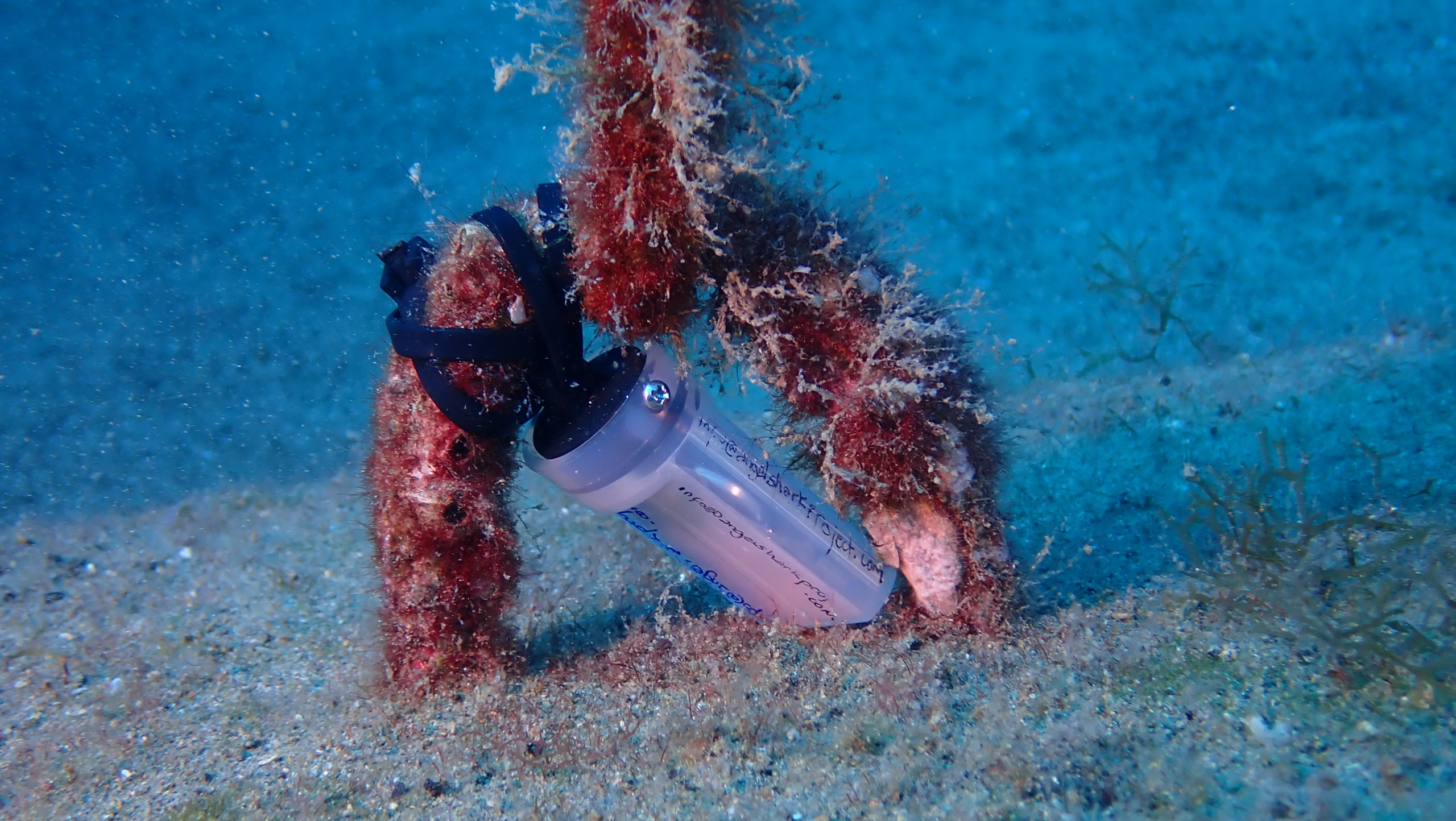
Los estudios de ASP:CI han confirmado una nueva área de cría e identificado otras 13 como potenciales áreas de cría de Angelote alrededor del archipiélago. Los datos obtenidos se han empleado para elaborar un Documento Guía para una mejor protección del hábitat de esta especie en Peligro Crítico.
ASP:CI research has identified one confirmed and 13 potential Angelshark nursery areas around the Canary Island archipelago, with data used to develop a Guidance Document to better protect important habitats of this Critically Endangered species.
Angel Shark Project: Canary Islands is studying the environment of Angelsharks to help secure their future.
To collect temperature data we place sensors in strategic areas. If you find a device similar to the one in the photo and is attached near to the sea floor, leave it there, it is working correctly.
If you find one not attached (e.g. floating adrift or washed up on the beach), please pick it up and contact us: info@angelsharkproject.com

Visual identification tagging is an easy and effective way to gather information about Angelshark habitat use. A coloured tag, a different colour for each island, with a unique code is placed between the two dorsal fins of the shark, making it easy for divers to identify the individuals.
If you find a tagged Angelshark please report the colour and number of the tag to the sightings map.
The colours for each island are:
Our unique underwater tagging methodology was developed to ensure minimal stress for the sharks.
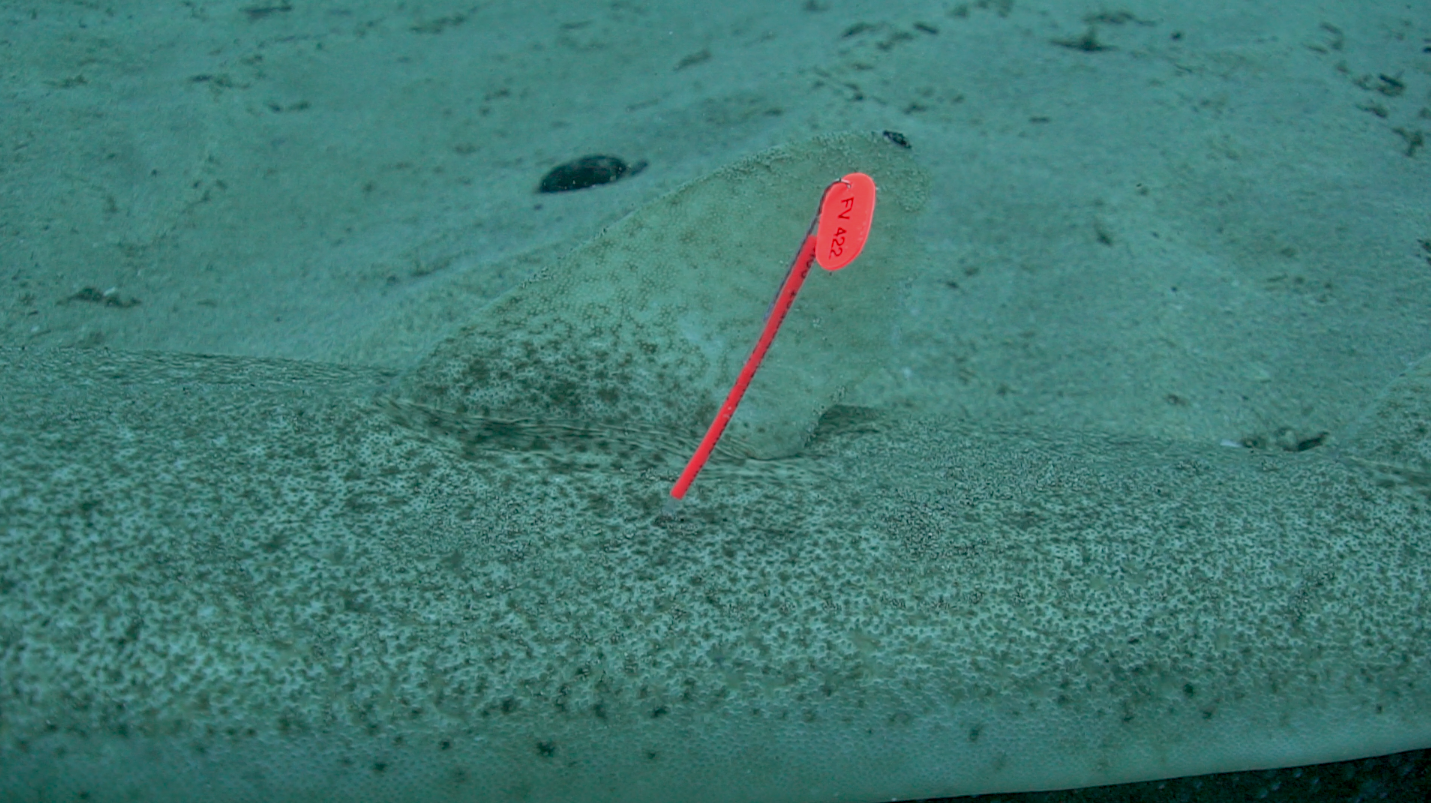
In 2018, we started the first acoustic tagging study of Angelsharks to improve understanding of habitat use, movement and site fidelity in the La Graciosa Marine Reserve.
Nobody had tagged Angelsharks with acoustic tags before this, so we teamed up with engineers and scientists to develop a new, low cost, ethically sound acoustic tag attachment methodology. This new methodology allows us to fit acoustic tags onto adult Angelsharks underwater – through SCUBA diving – minimising the stress of the procedure on the animals.
During two expeditions in July and November 2018, seven acoustic receivers were deployed around La Graciosa island and 22 Angelsharks were fitted with acoustic tags. In November 2019, we downloaded the first year of data from these receivers, tagged an additional 32 Angelsharks and deployed an additional four receivers – three of which were deployed at 120 m depth to investigate deep water Angelshark movement.
If you see an Angelshark with an acoustic tag, please report it with the tag number to the sightings map.
Our genetic project has two main focuses:
1. To understand the population structure, connectivity and reproductive behaviour of Angelsharks in the Canary Islands
Whenever we tag an Angelshark in the Canary Islands, we also collect a small genetic sample. Adult samples are used to compare the DNA of Angelsharks from different places and islands to see whether they are connected across the islands of the archipelago. Samples from juvenile sharks are used to explore Angelshark reproductive behaviour, philopatry (whether Angelsharks return to a specific site across years), and population structure at nursery areas.
2. Investigate connectivity of angel shark populations across the East Atlantic and Mediterranean Sea.
The Angel Shark Project has gathered tissue samples from the Canary Islands, Wales, Ireland, West Africa and across the Mediterranean to see whether remaining angel shark populations are connected or are isolated units. Analyses will feed into the East Atlantic and Mediterranean Angel Shark Conservation Strategy.
Nuestro proyecto genético tiene dos enfoques principales:
1. Conocer la estructura poblacional, la conectividad y el comportamiento reproductivo de los angelotes en Canarias.
Siempre que etiquetamos un angelote en las Islas Canarias, también recolectamos una pequeña muestra genética. Las muestras de adultos se utilizan para comparar el ADN de los tiburones ángel de diferentes lugares e islas, para ver si están relacionados con otros a través de las islas del archipiélago. Las muestras de tiburones juveniles se utilizan para explorar el comportamiento reproductivo del tiburón, la filopatría (si los angelotes regresan a un sitio específico a lo largo de los años) y la estructura de la población en las áreas de cría.
2. Investigar la conectividad de las poblaciones de angelotes en el Atlántico este y el Mar Mediterráneo.
El Proyecto Angel Shark ha recolectado muestras de tejido de las Islas Canarias, Gales, Irlanda, África Occidental y de todo el Mediterráneo, para ver si las poblaciones restantes de tiburones ángel están relacionadas o son unidades aisladas. Los análisis se incorporarán a la estrategia de conservación del tiburón ángel del Atlántico este y Mediterráneo.
En 2018 completamos la primera campaña de marcaje acústico de angelotes dirigida a mejorar la comprensión del uso del hábitat, los desplazamientos y la fidelidad al sitio en la reserva marina de La Graciosa.
Nadie había etiquetado a Angelotes con etiquetas acústicas antes de esto, así que nos unimos con ingenieros y científicos para desarrollar una nueva metodología de fijación de etiquetas acústicas, éticamente sólida y de bajo costo. Esta nueva metodología nos permite colocar etiquetas acústicas en tiburones adultos bajo el agua – buceando – minimizando el estrés del procedimiento para los animales.
Durante dos expediciones en julio y noviembre de 2018, se colocaron siete receptores acústicos alrededor de la isla de La Graciosa y se colocaron etiquetas acústicas en 22 tiburones ángel. En noviembre de 2019, descargamos los datos del primer año de estos receptores, etiquetamos 32 angelotes adicionales y colocamos cuatro receptores más, tres de los cuales se instalaron a 120 m de profundidad para investigar el movimiento de angelote en aguas profundas.
Si ves a un tiburón ángel con una etiqueta acústica, repórtalo con el número de etiqueta en el mapa de avistamientos.
El etiquetado visual es una forma fácil y eficaz de recopilar información sobre el uso del hábitat de Angelote. Se coloca una etiqueta de color (un color diferente para cada isla) con un código único entre las dos aletas dorsales del tiburón, eso facilita a los buceadores la identificación de los individuos.
Si encuentras un Angelote etiquetado, informa del color y del número de la etiqueta en el mapa de avistamientos.
Los colores para cada isla son:
Nuestra metodología de marcaje submarino es única y ha sido desarrollada para garantizar que el estrés para los tiburones sea mínimo.

Dewch â’ch ffotograffau, atgofion neu wybodaeth Maelgwn neu diwydiant pysgota pan oeddech chi’n tyfu i fyny a gweld sut mae’n helpu i ddarganfod hanes Maelgwn yn nyfroedd Cymru.
Bring your Angelshark photographs, memories or information about the fishing industry when you were growing up and see how it helps discover the story of Angelsharks in Welsh waters
